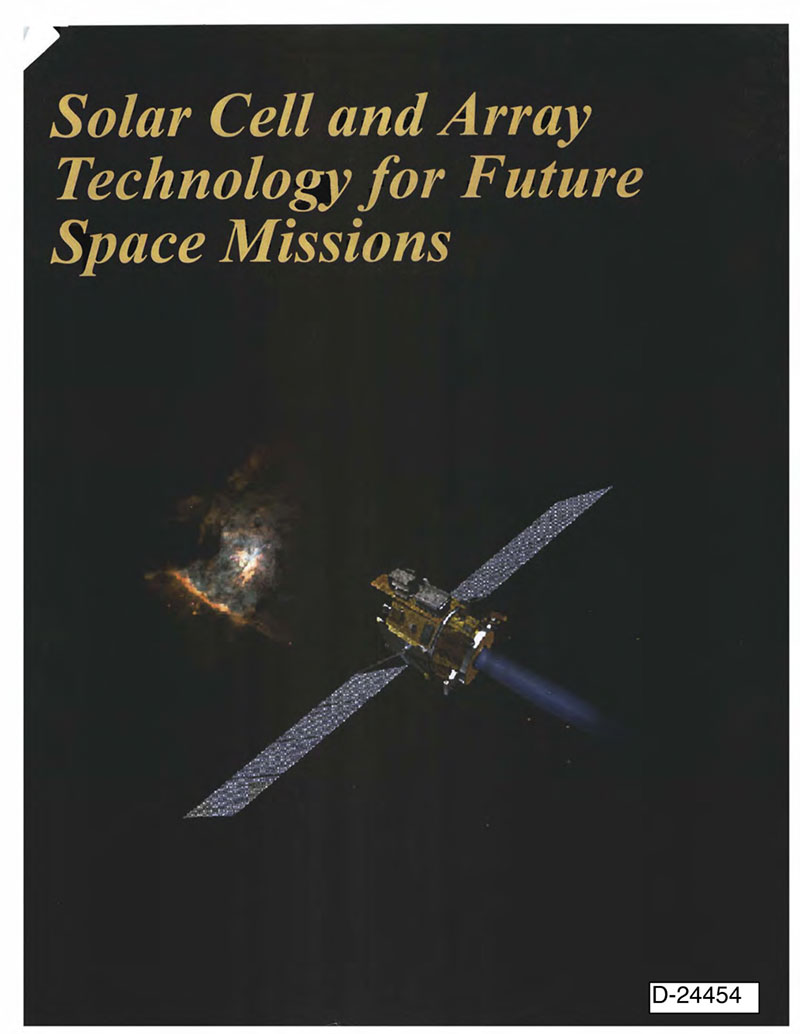Solar Cell and Array Technologies for Future Space Missions

| Language |
|
|---|
NASA's Office of Space Science (OSS) requested JPL to lead a team to delineate the power requirements for potential NASA space science missions and assess the capability of the present solar cell and array technologies to meet these requirements. Based on the potential NASA mission set, the team was asked to recommend investment strategies and technology roadmaps necessary to develop advanced solar cell and array technologies that would meet these requirements.
JPL assembled an assessment team of NASA, DOE and AFRL engineers to assess the state-of-the-art of space solar cell/array technology and compare this with projected requirements for potential NASA OSS missions. The assessment ream recommended a number solar cell /array technology tasks needed to advance these technologies from NASA Technology Readiness Level 3 (TRL 3) to NASA TRL 6 to meet the potential NASA OSS space science missions requirements. This work was completed in mid-2001.
The recommended tasks were:
- high-power, low-mass arrays for solar electric propUlsion (SEP) for comet, asteroid, and outer and inner planet missions
- electrostatically clean arrays for sensitive Earth orbit missions
- solar cells and arrays for Mars for dusty environment missions
- high temperature arrays for near-sun missions
- high efficiency cells for all missions
- LILT arrays for outer planet missions
- radiation resistant cells for Jupiter missions. These tasks are listed in Executive Summary Table ES-l.
The costs provided in this report for implementing various technology programs are very rough estimates to give NASA guidance as to expected orders of magnitude. They should not be taken literally as actual costs to implement a technology program.
The mission set used in this report was the one prevailing in early calendar 2001. It is likely that significant changes may results from an ongoing study by the National Research Council which is expected to release its report in the summer of 2002.
Since this report was drafted, NASA has announced its intention to implement a new nuclear technology initiative. In view of this, it is likely that missions to Jupiter and Europa, and beyond, will be nuclear- powered. However, some proposals for solar-powered missions to the Jupiter system were quite competitive. If the nuclear power initiative is funded, the priority for technology development of solar cells and arrays that can function in the very strong radiation/LIL T environments o f Jupiter and Europa will have to be reduced significantly. Similarly major missions to Mars (Smart Lander and Sample Return) may use nuclear power if it is affordable, although Scout missions and short duration missions will likely still rely on solar power. Arrays that can perform under LILT conditions may still be needed if solar electric propulsion systems are needed to thrust as far out as ~ 5 AU.
